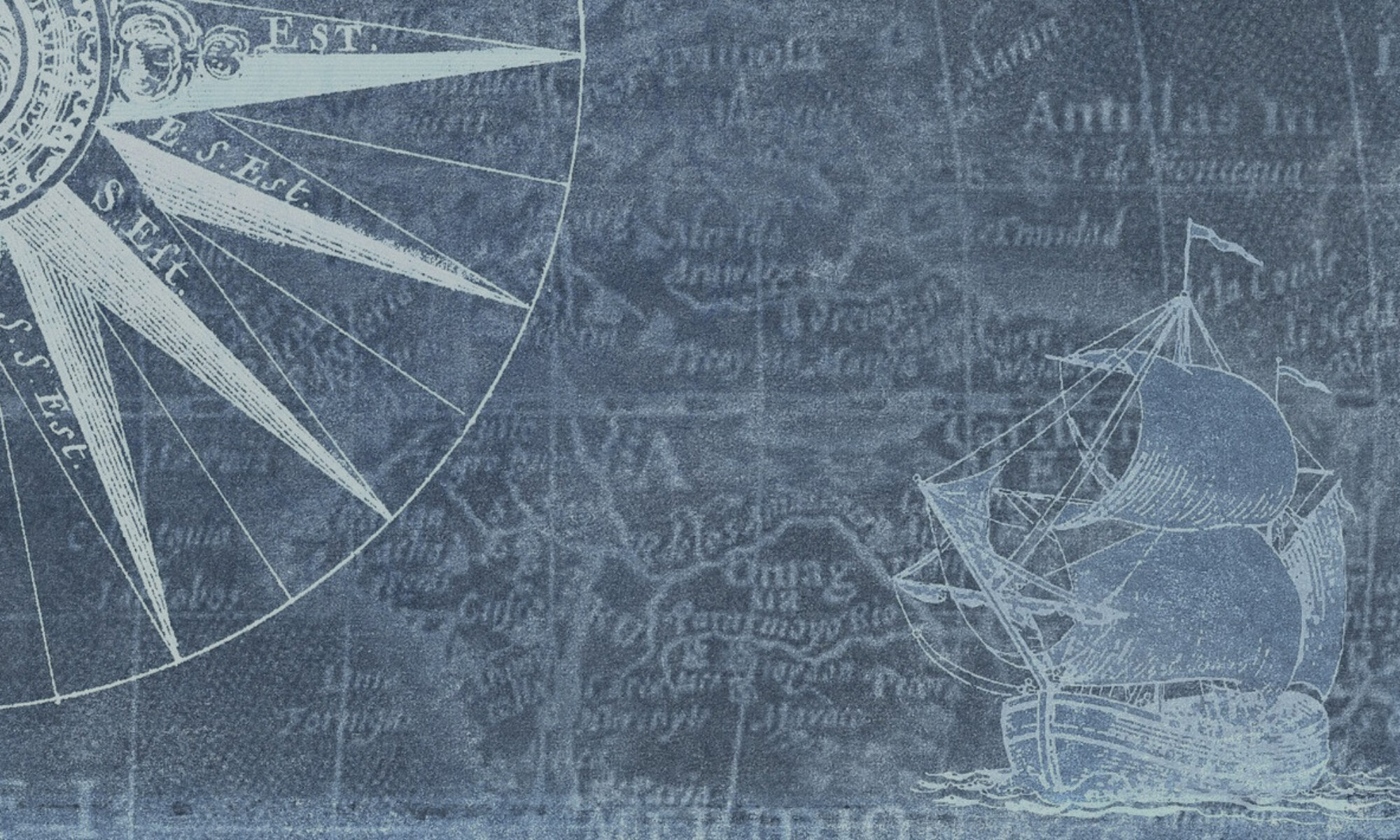LIFE AND NARRATIVE
The Life of Mary Prince (1788-1833)
Mary Prince was born to an enslaved family in Bermuda. She was sold to a number of brutal owners there and in the Turks and Caicos Islands, and Antigua, suffering terrible treatment. In Antigua, she joined the Moravian Church, where she was baptised and learned to read.
In 1826, she married Daniel James, a former slave who had bought his freedom. Her owner, John Woods, punished her severely for this, as he did not want a free Black on his premises. Two years later, Prince travelled to England with her owners. She eventually ran away and found freedom in England, but could not return to her husband.
Through the Moravian Church, Prince became involved in the campaign against slavery. She took employment with Thomas Pringle, an abolitionist writer and Secretary of the Anti-Slavery Society. She became the first woman to present an anti-slavery petition to Parliament, and the first black woman to publish an autobiography.
The Narrative of Mary Prince
As Prince could not write, she dictated her story to white writer and abolitionist activist Susanna Strickland Moody. Her autobiography, The History of Mary Prince (1831), was the first account of a black woman’s life to be published in Great Britain. It sold widely and became a key part of the anti-slavery campaign. The book made people in Britain aware that the horror of slavery continued on the plantations, even though the slave trade had been outlawed.
Her account features themes of mobility and immobility, and presents water as being deeply connected to African Caribbean lives. Water appears in her text as a means of labour exploitation and punishment, but also as a path to Black spiritual, physical, and legal emancipation. It is both an enabling and a prohibiting factor in her geographic and social mobility in the English Caribbean and the UK.
SOURCES AND FURTHER READING
Primary Sources
There are several editions of Prince’s narrative. A scholarly edition is this one:
-
- Prince, Mary. The History of Mary Prince: A West Indian Slave. 1831. Ed. Sara Salih. London: Penguin, 2004.
An online edition accessible for free is this one:
-
- Prince, Mary. The History of Mary Prince, a West Indian Slave. Related by Herself, With a Supplement by the Editor, to Which Is Added, the Narrative of Asa-Asa, a Captured African. London: F. Westley and A.H. Davis, 1831. Documenting the American South (DocSouth). Charlotte, NC: University of North Carolina, 2000. Prince_History
Selected Research Literature
-
- Aljoe, Nicole N. Creole Testimonies: Slave Narratives from the British West Indies, 1709-1838. New York: Palgrave Macmillan, 2012.
- Paquet, Sandra Pouchet. Caribbean Autobiography: Cultural Identity and Self-Representation. Madison: University of Wisconsin Press, 2002.
- Simmons, K. Merinda. “Beyond ‘Authenticity’: Migration and the Epistemology of ‘Voice’ in Mary Prince’s History of Mary Prince and Maryse Condé’s I, Tituba.” College Literature 36.4 (Fall 2009): 75-99.
- Taylor, Michelle. “Maiden Voyage: Slavery, Domesticity, and Trans-Atlantic Resistance in The History of Mary Prince.” Before Windrush: Recovering an Asian and Black Literary Heritage within Britain. Ed. Pallavi Rastogi and Jocelyn Fenton Stitt. Newcastle: Cambridge Scholars Publishing, 2008. 49-71
ONLINE RESOURCES AND LINKS
Biographies
-
- “A Slave Account.” Turks & Caicos National Museum, 2021. https://www.tcmuseum.org/culture-history/slavery/mary-prince/
- “Overview: Mary Prince.” Oxford References. Oxford: Oxford University Press, 2008. https://www.oxfordreference.com/view/10.1093/oi/authority.20110803100345892
General Interest and Educational Sources
-
- Gerzina, Gretchen. “Britain’s Black Past: Mary Prince.” BBC Radio 4, 12 Oct 2016. https://www.bbc.co.uk/programmes/b07x5vrs
- “The History of Mary Prince by Mary Prince.” Faculty of English, University of Oxford, 2018. https://www.english.ox.ac.uk/ten-minute-book-club/prince-history-of-mary-prince
- “Mary Prince.” Museum of the African Diaspora, 2020. https://www.moadsf.org/slavery-narratives/2855-2/
- Maddison-McFadyen, Margôt. Mary Prince. 15 July 2020. https://www.maryprince.org/
- Sommerlad, Joe. “Mary Prince: Who was the abolitionist and author of the first slavery memoir published in Britain by a woman?” The Independent, 1 Oct 2018. https://www.independent.co.uk/news/uk/home-news/mary-prince-who-british-slavery-memoir-author-abolition-history-google-doodle-a8562706.html
- “World-Changing Women: Mary Prince.” The Open University, 23 Oct 2020. https://www.open.edu/openlearn/history-the-arts/world-changing-women-mary-prince
